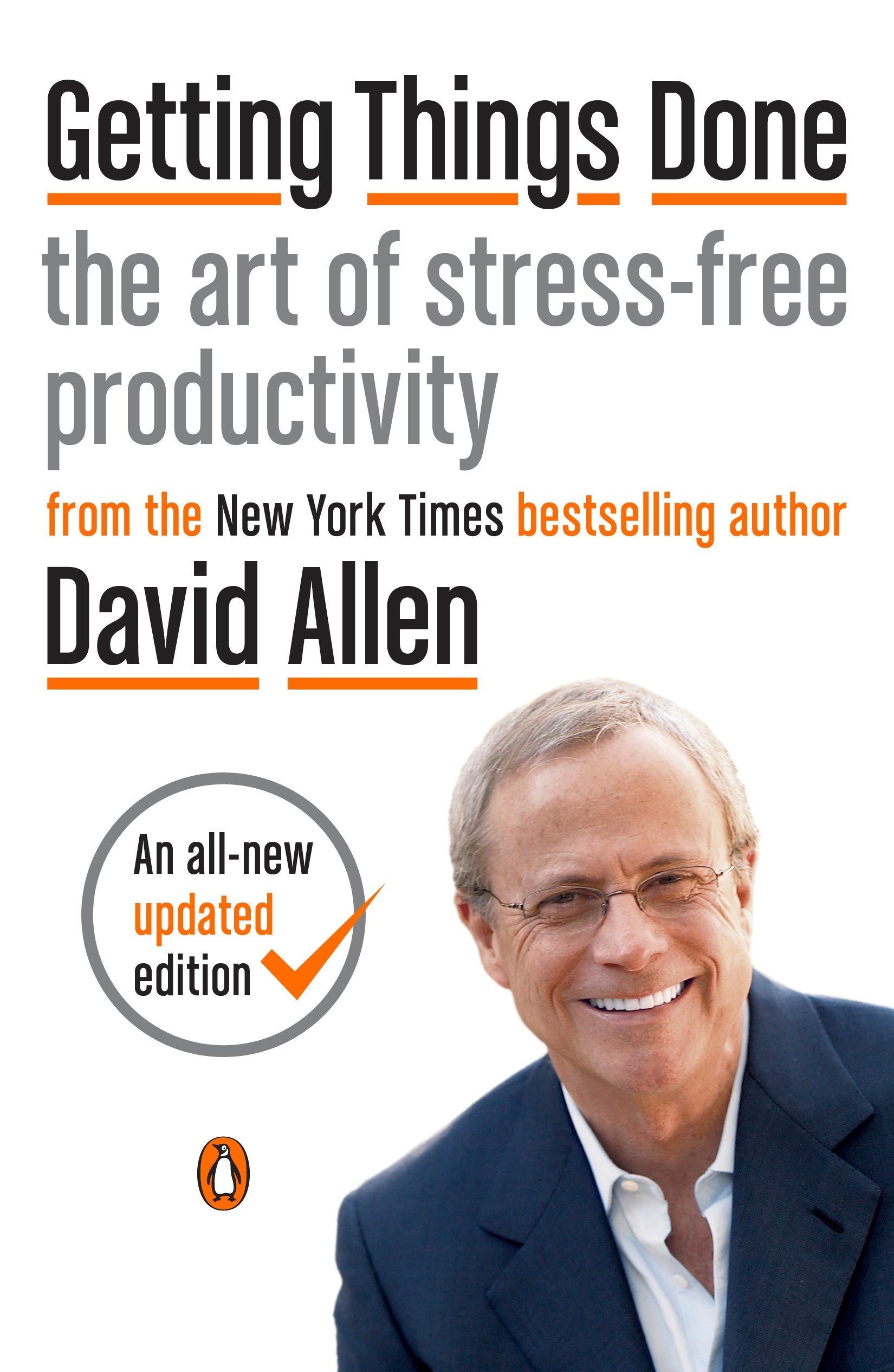GTD—or “Getting things done”—is a framework for organizing and tracking your tasks and projects. Its aim is a bit higher than just “getting things done”, though. (It should have been called “Getting things done in a much better way than just letting things happen, which often turns out not to be very cool at all”.) Its aim is to make you have 100% trust in a system for collecting tasks, ideas, and projects—both vague things like “invent greatest thing ever” and concrete things like “call Ada 25 August to discuss cheesecake recipe”. Everything!
Sound like all other run-of-the-mill to-do list systems, you say? Well in many ways it is, but there is more to it, and it’s really simple. Promise! So please read on.
One of the basic assumptions of GTD is that you are dumb—or, rather, that your sub consciousness is quite dumb when it comes to thinking about things you should have done. For example knowing you need to fix your bike before next week, but instead of reminding you when you actually drive by the bicycle shop, it implants an incessant feeling of “I need to remember… something” in your brain.
GTD METHODOLOGY
The heartbeat of GTD is five steps that apply order to chaos and provide you the space and structure to be more creative, strategic, and focused. These five steps can be shown visually
One | Collecting Your Work
Collecting your work together and getting everything out of your head is the first stage of mastering your workflow.
In-Basket
The in-basket represents a place where you can collect all of your work and open loops. For example, this could be your email inbox, a physical inbox or apps like Evernote and to-do lists. When collecting your work, it’s important to get everything out of your head and into one of these baskets, even if this means jotting down a note on a piece of paper and physically putting it somewhere.
Two | Processing Your Work
Processing your work is all about taking everything in your in-baskets and working out what needs to be done with those items
What is It? This is a simple, yet important step. Answer the question, “what is the thing you’re dealing with?” Perhaps it’s an email from HR but what is it actually about? Is it an unimportant update about employee contracts, or is it some boring reminder about health and safety? Identifying the stuff in your in-basket allows you to effectively answer the next question.
Is it Actionable? Yes – If an item is actionable, you must first identify the “project” it’s part of (see “Projects“) and the “next action” required to move that item towards completion (See “Next Action”).
No – Often, the stuff in your in-basket requires no further action required. In which case, you can do one of the following three things (see “Trash”, “Someday/Maybe” and “Reference”).
What’s the Next Action? The “next action” is exactly what it sounds like. It’s the next thing you need to do to take that item towards completion. Once you’ve identified the next action, you can answer the following question to work out your next move; “will it take less than 2 minutes?”
Do It: If the answer to this question is “yes”, just do it then and there. Easy.
Delegate It: If the answer is “no”, you can ask yourself, “am I the right person to do this?” or “can someone else do this?” Depending on these answers, you can delegate the task.
Defer It: Finally, if you do need to do the work and it’s going to take longer than 2 minutes, you can defer it to later.
Three | Organising Your Work
Once you’ve processed your work using the above system, all of the non-actionable stuff can be organised into:
Someday/Maybe: These are the things you might want to come back to one date and that aren’t attached to any particular time frame.
Reference: These are the useful things that don’t require any action, but might come in handy later. It could be a supporting document for some piece of work, a spreadsheet of information or checklist.
Trash: Finally, if there is no point in keeping an item for reference and you don’t want to come back
Projects & Project Plans: A project is literally anything with more than two action steps that need to be completed e.g. planning a trip, buying a new TV or running a marketing meeting.
Waiting: Keep a track of things you’re waiting for by creating a “Waiting” list.
Calendar: Deferred work that is time sensitive goes on your calendar to be completed at a specific time. GTD stresses that your calendar is only used for these time sensitive items and nothing else.
Next Actions: Any deferred work that isn’t time sensitive goes onto your “next actions” list.
Four | Reviewing Your Work
Once you’ve organised everything so it’s in the right place, it’s important that you review your “next actions”, “calendar” and “waiting” lists on a regular basis. The order of review can be “calendar”, “next actions”, “waiting”, “projects” and “someday”.
Five | Doing Your Work
At last! Based on your review you will be able to decide what to do. When deciding what on this list to tackle first, you can consider the amount of time/energy you have, the context you’re in and it’s priority. For example, if you have only 10 minutes before you’re next meeting, you can make a phone call on your “next actions” (time).
A few key quotes:
-At any point in time, knowing what has to get done, and when, creates a terrain for manoeuvring.
– Suffice it to say that something automatic and extraordinary happens in your mind when you create and focus on a clear picture of what you want.
– Things rarely get stuck because of lack of time. They get stuck because the doing of them has not been defined.

